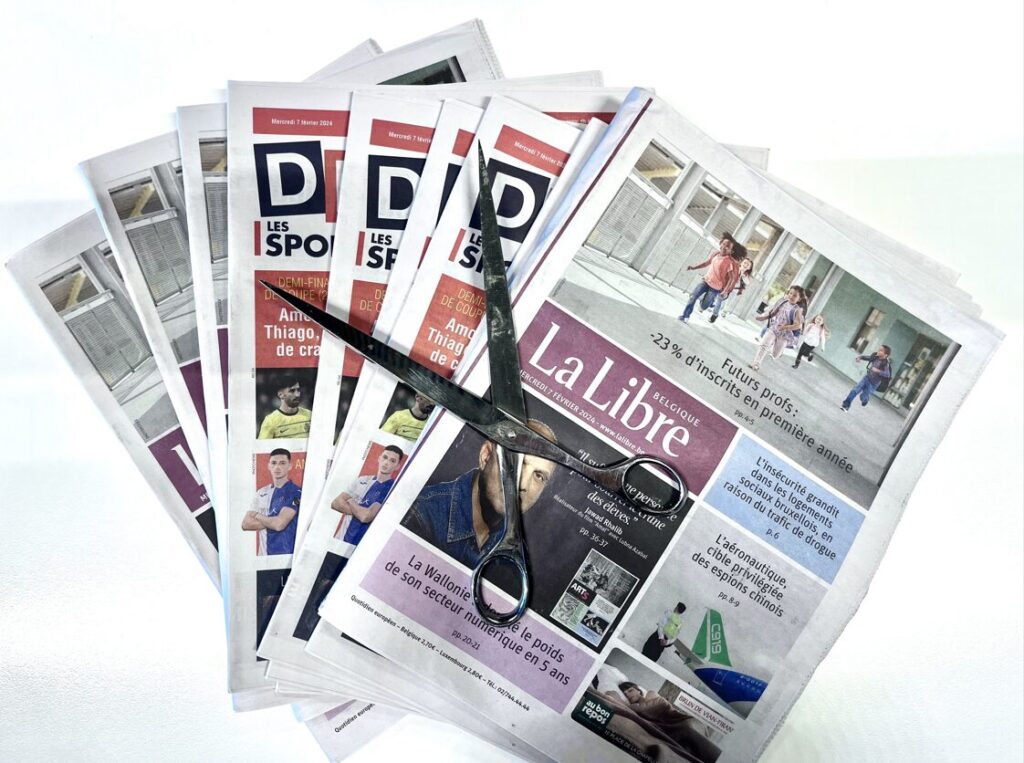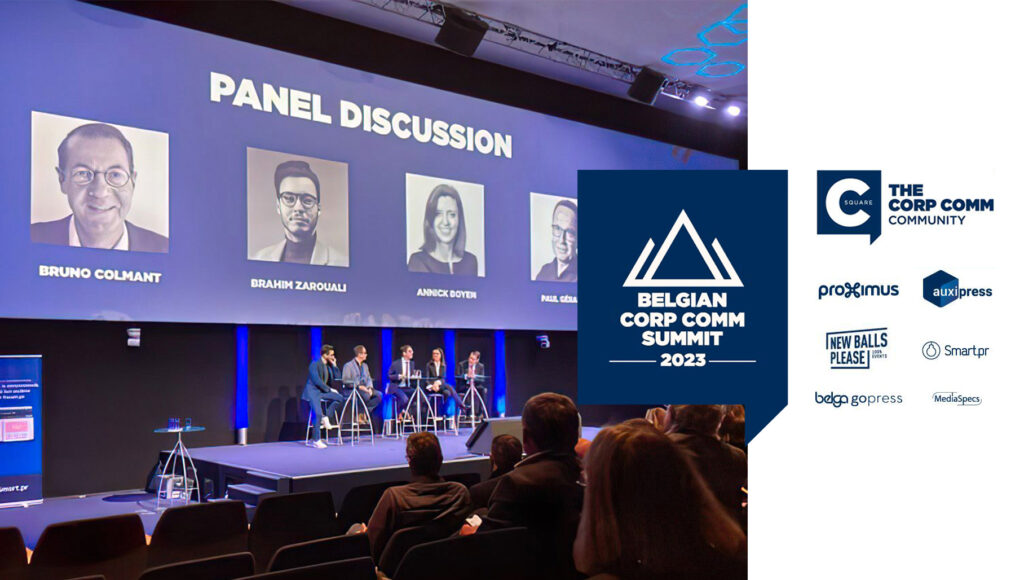In the current environment and keeping in mind what is happening to our planet, it is wise to ponder our overconsumption and look into its consequences. The goal is not necessarily to buy less, but to buy more efficiently, by introducing a circular system that turns one man’s waste into another man’s resource. This recent phenomenon is rapidly gaining ground. It is a new way for brands to communicate in 2020. Some of them have caught on already.
“Produce less, but more efficiently”
“Produce less, but more efficiently” is the motto of slow fashion, encouraging a less hysterical and higher quality way of life. The movement revolves around 4 Rs: Reduce, Reuse, Repair and Resell. This involves plenty of new concepts like second-hand, bartering, switching, recycling, renting, repairing and sharing. All of these concepts have recently become more visible in the media. Slowly but surely, our way of life is changing, and so are consumers’ expectations. Brands follow suit, which is reflected in the way they act and communicate.
E-commerce and second-hand, a perfect combo
The slow fashion concept has come a long way over the past year, and e-commerce largely rides along on the growth of the second-hand market. It is an opportunity for every one of us to participate in this trending market, which no longer needs a physical space to develop. E-commerce is clearly a lever for growth in the second-hand market, as it fits a real social trend. There is a strong correlation between slow fashion and e-commerce. Let the truth be told: the rise of e-commerce enabled the success of several websites dedicated to the slow fashion movement. Numerous web pages of local, ethical traders are popping up, as well as a considerable number of second-hand sales platforms.
In the mobile first era, apps dedicated to the second-hand market are thriving. They include Vinted, Vestiaire Collective and Facebook Marketplace, that organise simple transactions between individuals as well as deliveries – in collaboration with delivery services. This has a direct positive impact on the media exposure of delivery and shipping companies.
The second-hand sector includes as many luxury as vintage articles. Pieces on large luxury brands also have their place in the slow fashion sector and are wildly popular.
In conclusion, it is hard to deny that our current consumption habits harm the planet. Therefore, consumers adapt and change their habits. Brands are in full transformation, and the design and fashion sectors are leaning towards better practices. Numerous factors, such as the economy, the environment, and especially e-commerce, are pushing the wave of slow fashion towards further development. For companies that have yet to embrace a greener behaviour or are considering reinventing themselves into more ethical businesses, positioning themselves amidst these burgeoning tendencies offers opportunities to take the lead in a promising communication sector and freshen up their brand image.











